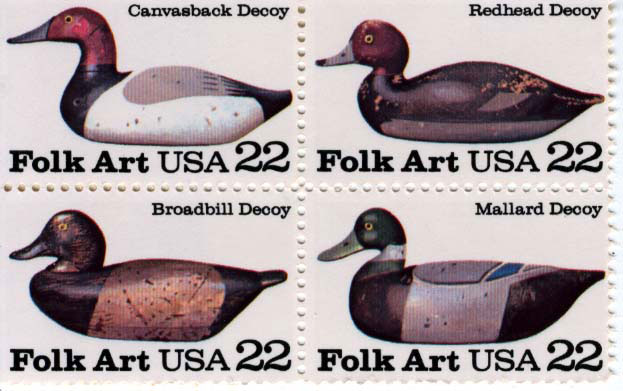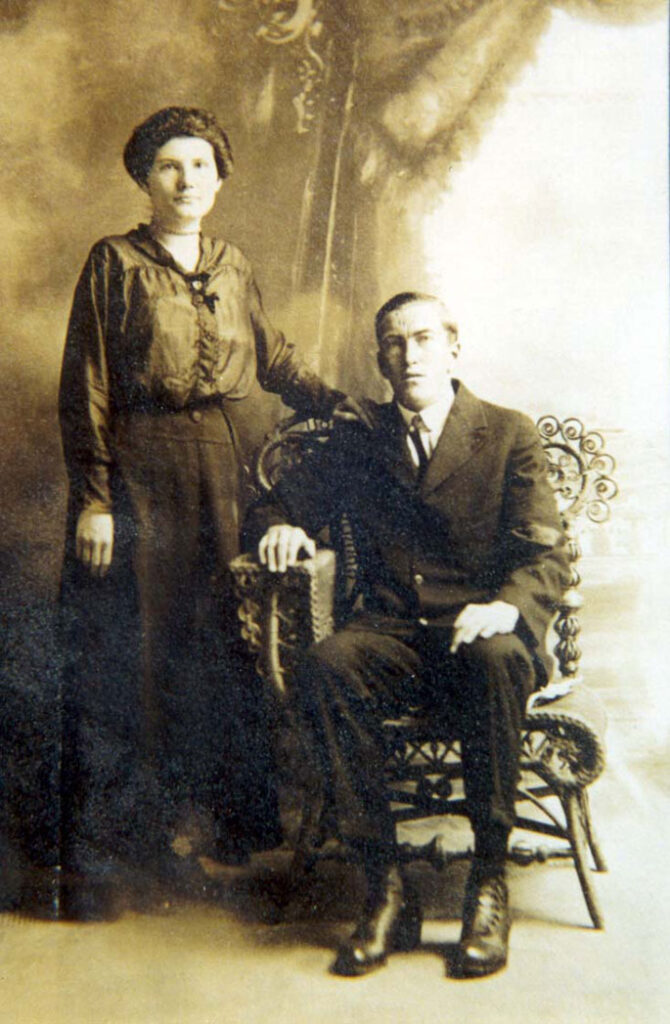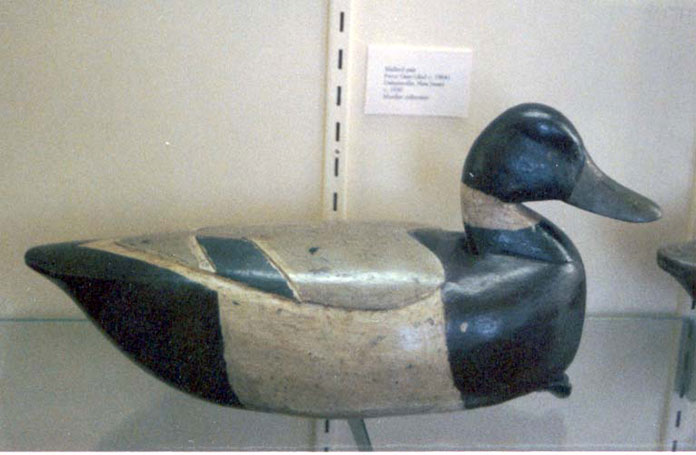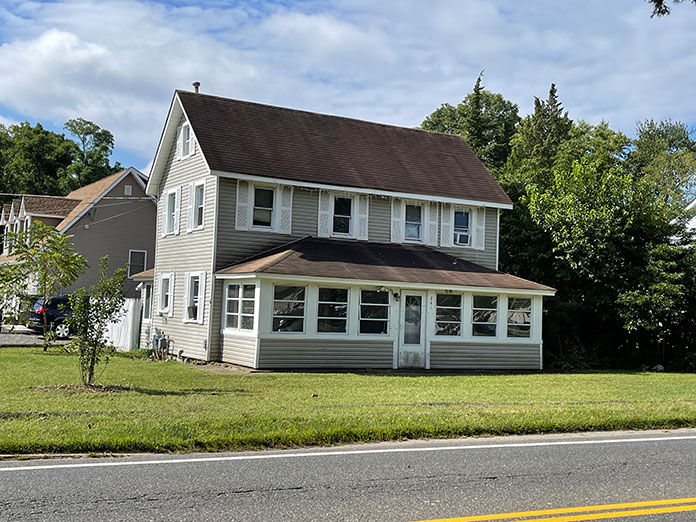
BRICK – Little is known or recorded about one-time Brick resident and World War I veteran Percy Gant (1894 -1963) who lived on Drum Point Road in what was then called the Osbornville section of Brick.
By all accounts, he supported himself and his family while working off the land as a commercial fisherman, clammer, fur trapper and hunter of snapping turtles, which he sold in Philadelphia for fifty cents a pound.
He also worked for Birdsall Brothers Builder as a carpenter, and worked as a cranberry farmer, when he owned and operated a five-acre cranberry bog in the Osbornville area.
Gant was a decoy carver who carved black duck, wood duck, mergansers, mallard, gulls, bluebill, coot, cider and dippers, and was known for heart-shaped wing patterns.
One of his decoys, the mallard – one of several species found throughout New Jersey – which he carved in 1900, was depicted by the U.S. Postal Service in their four-decoy stamp set in 1984.

A 1985 article in the Asbury Park Press said the commemorative postage stamp was part of a block of four multicolor stamps in a folk art series of stamps.
“Early decoy carvers made the models for their own use in luring ducks near their blinds on the shores of Barnegat and Manahawkin bays, but most present-day decoys are sold for decorative use,” the article says.
In a profile written about Gant by George Cooke of Toms River in 1985, Gant’s favorite part of nature was birds. “As well as carving working decoys and miniatures in ducks, brant and geese…he painted robins on his trash cans, flying geese on his work shed, and a flying scaup on his cranberry scoop.”
His decoys were made of either cedar or balsa wood bodies with cedar heads. The bodies were solid with either a heart shaped or two half- mooned raised wing areas, Cooke wrote.
“Some also have grooves around the wing speculum [a bright patch of plumage] and body colors to guide hunters when repainting their hunting rigs,” Cooke wrote.

Gant also crafted miniature sneak boxes (a type of duck-hunting boat) complete with hunter and decoys, three sizes of miniature flying pheasants, shorebirds and parakeets, Cooke wrote.
Gant was a stockholder in 1957 of the National Cranberry Association, Massachusetts, he added.
In his later years, Gant spent his winters in Florida.
Brick Township historian Gene Donatiello wrote that Gant was the son of William E. and Eleanor Halmuth and was born in the village of Osbornville.
In 1915 he married Melina Maxon, and two years later he went off to fight in World War I. Upon his return he purchased the home at 241 Drum Point Road, which still stands today in an altered form.

A mallard decoy of Gant’s is in the Shelbourne Museum, Vermont collection.
According to Cooke’s article, Gant suffered from emphysema, and said he knew he was dying because “it felt like his eyes were set back in his head like that of a duck before it dies.”
He is survived by great-great grandchildren and “his folk art decoy legacy,” Cooke wrote.
Information for this story was provided by the Ocean County Historical Society and Brick Township Historian Gene Donatiello.







